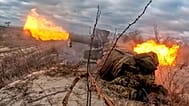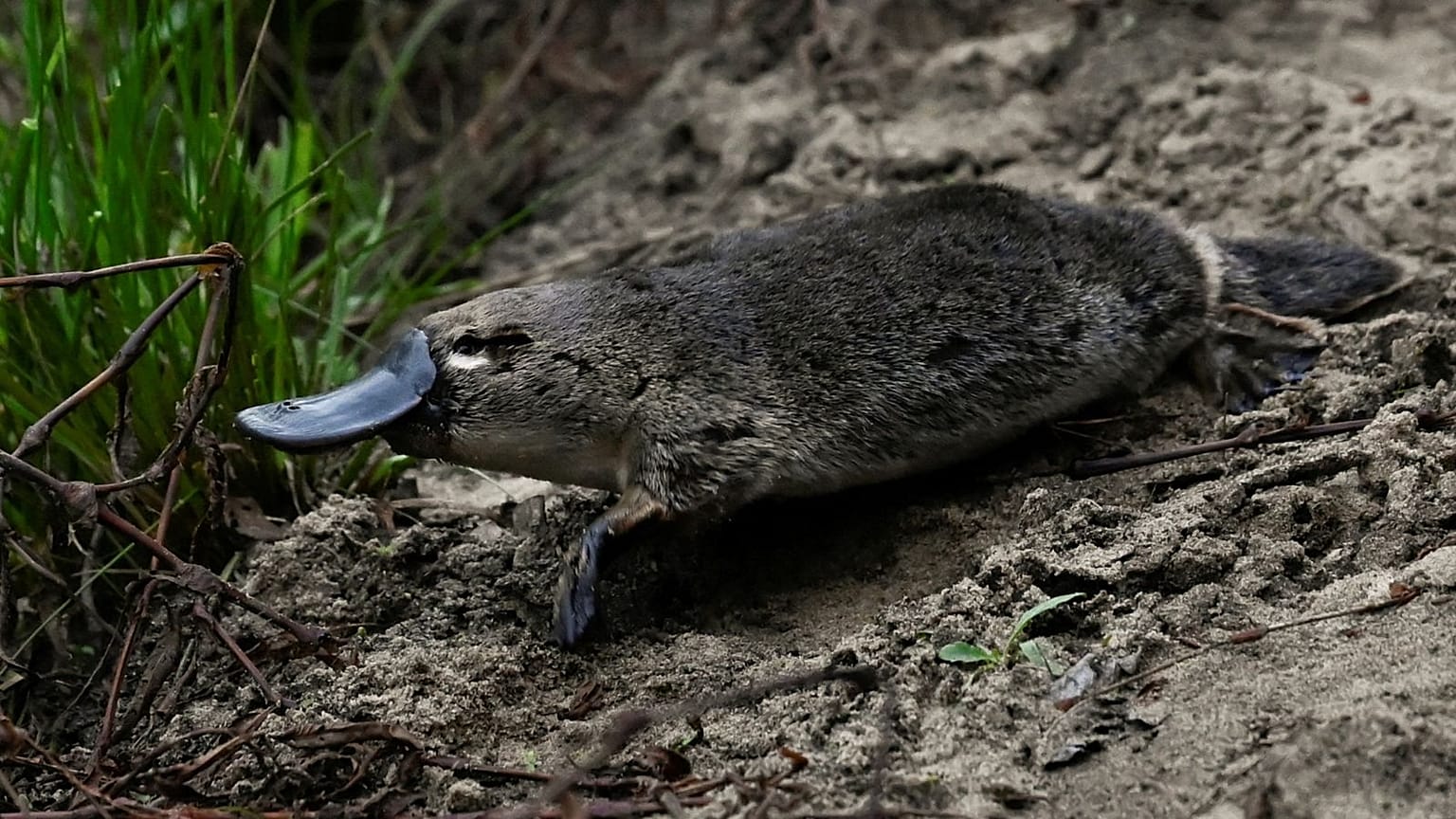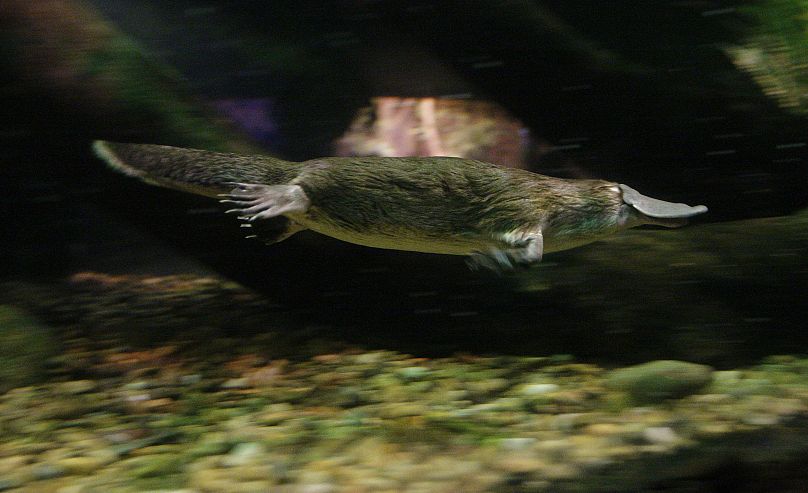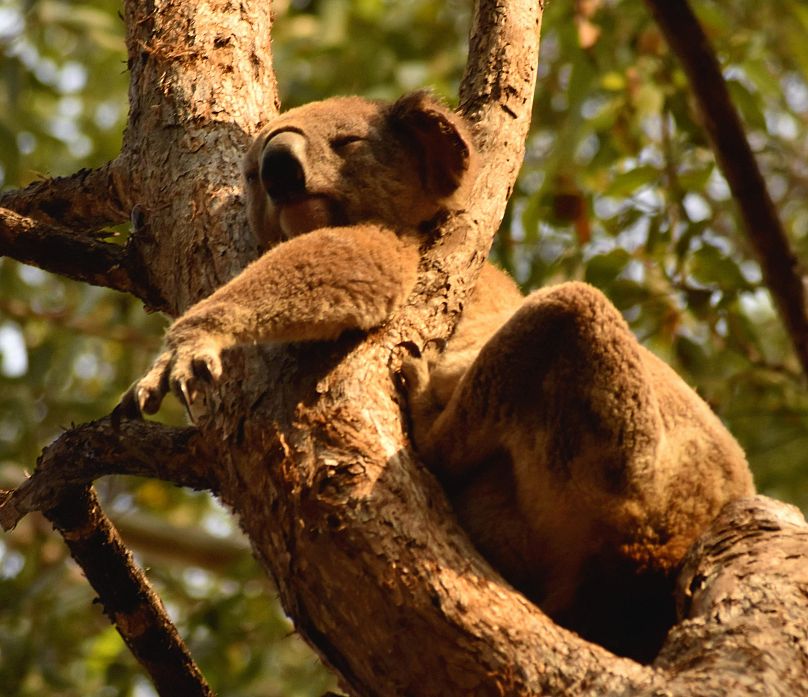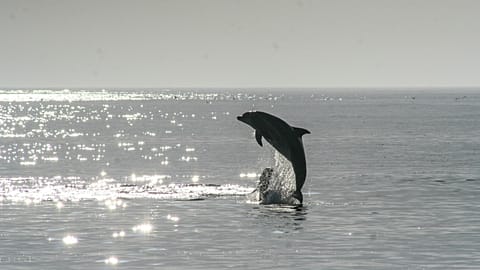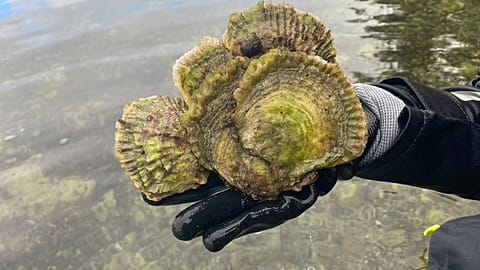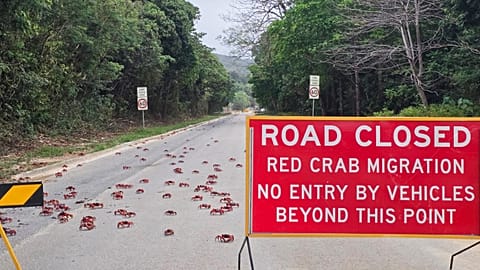Scientists have used environmental DNA sampling to reveal the impact of Australia’s ‘Black Summer’ on the unique species.
One of Australia’s most iconic animals is being driven from its home by a climate-fuelled cycle of mega bushfires and heavy rainfall, a new study shows.
The platypus lives exclusively in eastern Australia, and was one of many species to suffer during the ‘Black Summer’ of 2019-2020, when unusually ferocious bushfires swept the country.
At least 33 people lost their lives during that season, and 3 billion animals were killed or displaced in what the World Wide Fund for Nature (WWF) labelled one of the "worst wildlife disasters in modern history".
Now, using a new method of DNA sampling, researchers from the University of Melbourne are able to paint a more precise picture of how fires impact platypus in the long-run.
"We simply don't know how the platypus responds to bushfire. We assume because they are near water, they will be relatively unaffected,” says lead researcher Dr Emily McColl-Gausden, from Melbourne’s Faculty of Science.
“While there is more work to do, our research tells us that severe fire followed by intense rain is the worst combination for platypuses.”
Here’s what the first landscape study of its kind tells us about platypuses' response to being under siege from new climate extremes.
What does ‘environmental DNA’ tell us about platypus movements?
Platypus are shy, scarce and largely nocturnal, so environmental DNA sampling is a useful way of tracking their movements.
This recent technique involves collecting a creature’s DNA from water, soil, air or snow rather than directly from the animal itself. In the semi-aquatic platypus's case, DNA was taken from the rivers and creeks where they dwell.
Researchers repeatedly sampled 118 sites in Victoria and New South Wales, 57 of which were later affected by the 2019-2020 bushfires.
This helped them to compare fire-affected areas with non-scorched sites. While taking samples before, six months after, and between 12-18 months after the fires provided data for three different points in time.
Analysing their DNA in water samples before and after the Black Summer suggests that platypuses are abandoning severely bushfire-burnt areas for up to 18 months after a fire, especially when heavy rainfall rushes in soon after.
Watersheds are areas of land that drain rainwater into a body of water, like platypuses favoured streams and creeks. When there was heavy rainfall across a site's watershed and that watershed experienced high severity fire across a quarter or more of its area, the probability that platypus lived at a site fell to less than 10 per cent, SciDaily reports.
Sadly, that indicates that platypuses had died or had abandoned the area.
Why is rainfall after fire ‘the worst’ for platypuses?
"Fire might not directly kill platypus because their burrows protect them,” explains Dr McColl-Gausden. But when there is rainfall after a fire, as happened in 2019-2020, unstable soil, dead plants and ash and debris can wash into rivers and creeks.
This kills the yabbies, aquatic invertebrates and insect larvae that platypus rely on for food and may force them to abandon the site.
“While the platypus may eventually come back, we don't know the effect of repeated bushfires, whether on their reproduction and life cycle, the survival of their young, on their food security, or on the impact of being forced to move their burrows to more suitable sites,” adds Dr McColl-Gausden.
“We don't know if the platypus may one day leave the area for good."
Animal DNA sampling should be part of bushfire season surveillance, scientists say
Fire is, to some extent, part of life in Australia, helping to shape animal and plant distributions. But recent years bear the mark of human-caused climate change.
“There is evidence that a new pattern is emerging, where fires are more frequent, bigger, and more severe due to warming and drying trends," says Dr McColl-Gausden.
Environmental DNA sampling enables researchers to rapidly monitor large areas of land after a disaster like a bushfire. It could be used for thousands of other species of animals that live in areas threatened by mega fires.
"Systematic surveys will help us understand how platypus and other native species might be harmed by increases in the number, scale and severity of bushfires, and what governments and the community can do to reduce the cumulative effect of more frequent and more severe bushfires,” adds Dr McColl-Gausden.
“We need to include this surveillance as part of our normal emergency response."


